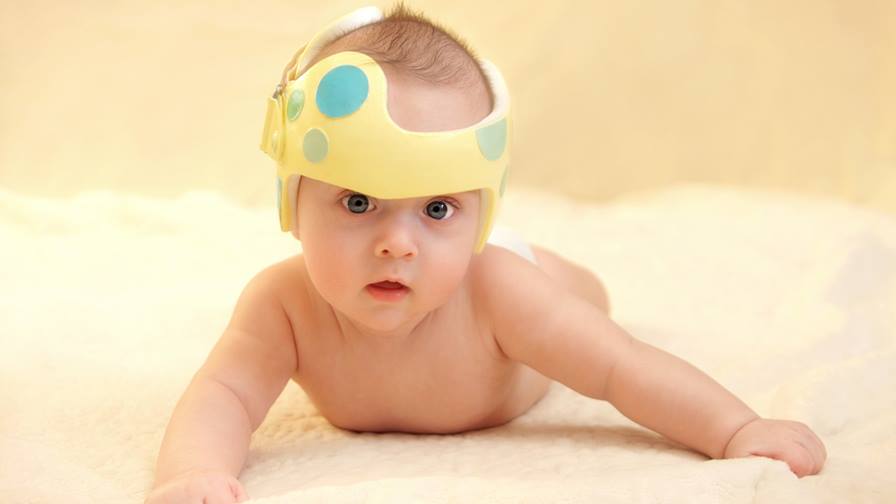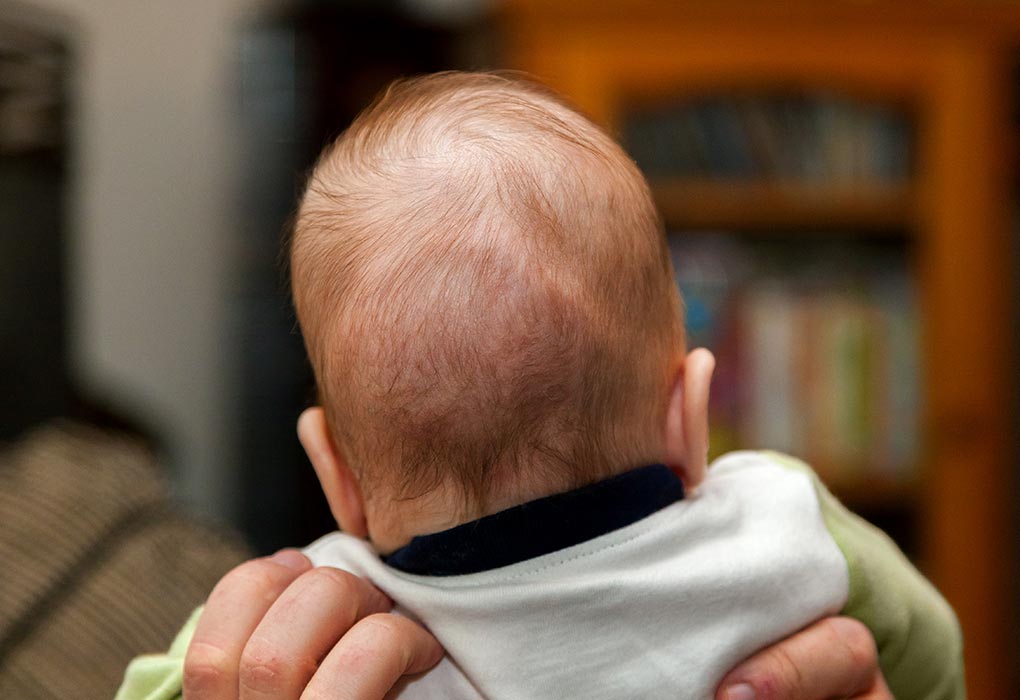
The frontal differences are often minimal and tend to resolve completely over time. Although it may not resolve completely, the remaining flattening is usually minor and covered with hair as the child grows. Once a child is able to sit and stand, external forces are eliminated and the deformity begins to improve. In the majority of cases, having a flattened area will not affect a child’s brain growth or mental development. A tight neck will often resolve with these exercises, but can recur with periods of fast growth. If the baby has a tight neck (torticollis), he or she may be referred to a physical therapist that will help with stretching exercises. Craniofacial clinics are usually overseen by plastic surgeons and neurosurgeons. This specialist may be a plastic surgeon, a neurosurgeon or a craniofacial clinic that specializes in baby head shapes. If this diagnosis is entertained, it may call for a specialist referral to discuss the baby’s head shape further and to distinguish it from premature fusion of the cranial growth plates (sutures).

The range of movement of the baby’s neck may also be examined to see if there is any restriction that is contributing to the baby lying in one position more than another. If the shape is unusual for this diagnosis, a skull X-ray or CT scan may be ordered. If a baby’s head shape is not oval and symmetrical, try to have the baby sleep in different positions (see the next section). If you have concerns about your baby’s head shape, you should discuss this concern with your pediatrician. At well baby visits, the baby’s head is examined to determine if the shape is symmetrically oval or not.

If there is an element of torticollis (neck stiffness) this will also require treatment for the repositioning therapy to be effective.ĭiagnosis is usually made by a pediatrician.Change the location of the baby’s crib in the room so that he or she has to look in different directions to see the door or the window.

Change infant’s head position from side to side during feeding time. When holding, feeding or carrying an infant, make sure that there is no undue pressure placed on the flat side of the head.Frequently get "cuddle time" during the day by holding the baby upright over one shoulder.Avoid too much time in car seats, carriers and bouncers while the baby is awake.For example, have the baby’s feet point toward one end of the crib for a few days, and then change the position so his or her feet point toward the other end of the crib. Change the direction the baby is lying in the crib on a regular basis to ensure he or she is not always resting on the same part of the head.This helps build and strengthen neck, shoulder and arm muscles. Provide an infant with plenty of supervised playtime on his or her tummy.The risk of positional plagiocephaly can be reduced through a few simple measures: Due to SIDS awareness through the Back to Sleep Campaign, the number of SIDS cases has decreased, but there has been a dramatic increase in the number of infants with positional plagiocephaly. In 1992, the American Academy of Pediatrics made the recommendation that infants should sleep on their backs to reduce the risk of SIDS (Sudden Infant Death Syndrome), which launched the "Back to Sleep Campaign". This can be resolved through stretching exercises and only requires surgery in extreme cases. Infants with torticollis, shortening of the neck muscles on one side of the neck, have difficulty turning their heads to another position. This condition usually resolves itself by six weeks of age however, some infants show a preference for sleeping or sitting with their heads turned consistently in the same position, which may lead to positional plagiocephaly. Newborn infant skulls are very soft and malleable to help ease them through the birth canal, so it is not unusual for newborns to have unusually shaped heads, due to the pressure of birth. There are no preventive measures that can be taken by expectant mothers or their physicians to avoid this. This is more common in multiple or premature births, but can also be caused by position in the womb. A small number of infants have positional plagiocephaly at birth.


 0 kommentar(er)
0 kommentar(er)
